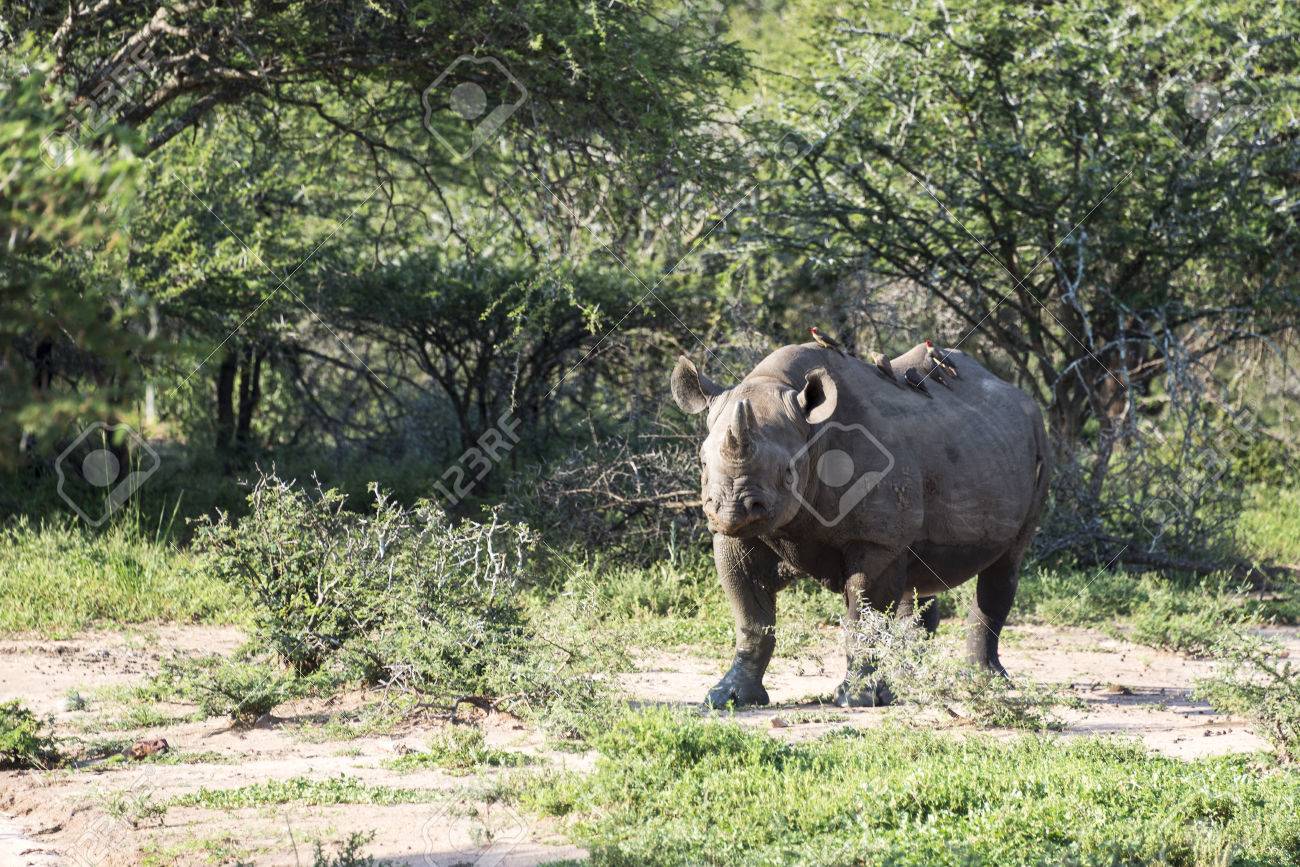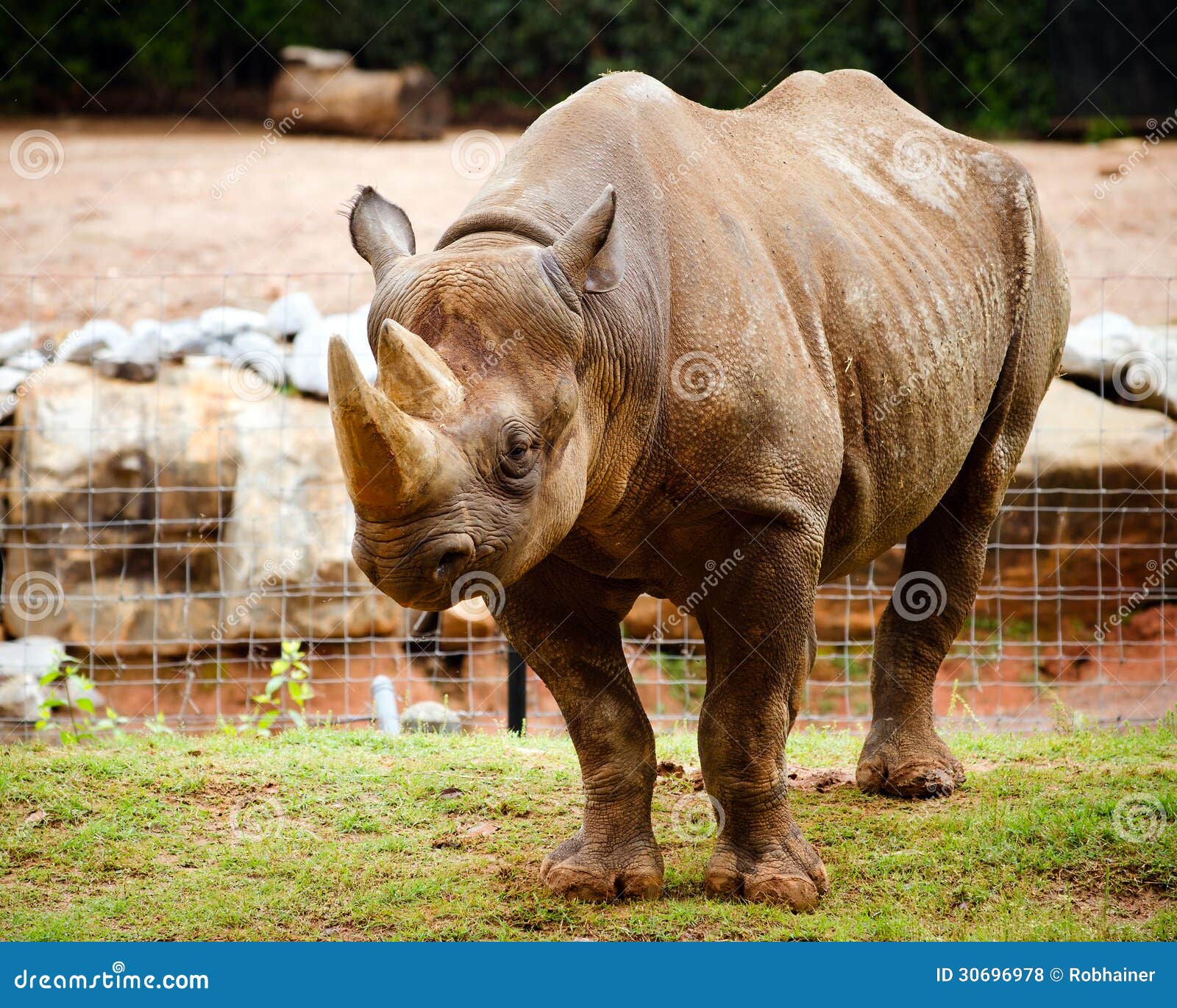

Borneo Rhino Alliance (BORA) helps to support and unite the combined efforts of government agencies, the industry, conservation NGOs, and the international rhino conservation network to ensure that remaining rhinos are secured within protected areas. Yet the small remaining populations represent the only hope for the survival of this species. With such low numbers, the threats to the species now include the low probability of fertile females and males meeting in the wild, inbreeding and aging without reproducing. It is believed that fewer than 10 of the Bornean subspecies of rhino survive in small and highly fragmented populations in eastern and central Sabah, with similarly low numbers in Kalimantan, Indonesia. Due to hunting for its horn and forest loss over the past millennium, its population has decreased to a few remnant individuals. The Sumatran rhino is one of the most endangered animal species anywhere in the world. Habitat loss and poaching for its horn, which is believed to have traditional medicinal properties. WCE 1997 Schedule I Part I CITES Appendix I IUCN E

When comes to the size, it is by far the smallest species of rhino. It is also known as the Hairy Rhino as it is the hairiest of all species especially on the ears and tail. The Sumatran Rhinoceros has been in existence longer than any other living mammal and is considered “primitive”. The Sumatran Rhino (Dicerorhinus sumatrensis) Two of these species are native to Africa which is the Black Rhino ( Diceros bicornis) and the White Rhino ( Ceratotherium simum) while the three species native to Southern Asia are the Great One Horned Rhino, also known as Indian Rhino ( Rhinoceros unicornis) which is native to India and Nepal, the Javan Rhino ( Rhinoceros sondaicus) found in Java Island, Indonesia and Vietnam, the Sumatran Rhino ( Dicerorhinus sumatrensis) which is native in Sumatera Island Indonesia, Southern China – Bhutan, Cambodia and Borneo Island. Rhinoceros, also known as rhino, is a group of five species of odd-toed ungulates from the family Rhinocerotidae. World Rhino day has grown to be a global phenomenon, uniting NGOs, zoos and wildlife parks and other related organisation and business corporations. It was first announced by WWF-South Africa in 2010 where it expanded over the coming years encompassing both African and Asian rhinos. World Rhino Day is celebrated on 22nd September and celebrates all 5 species of the Rhino.


 0 kommentar(er)
0 kommentar(er)
